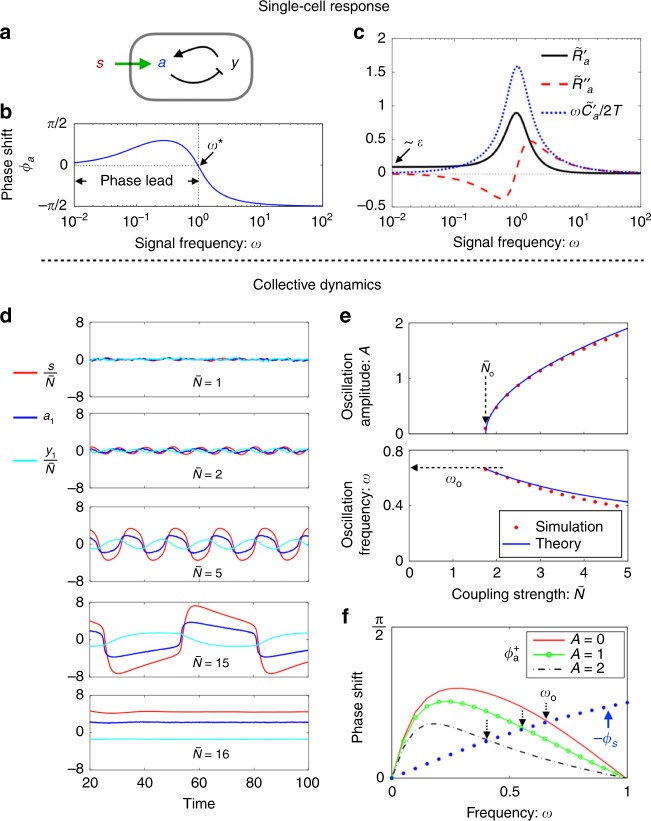Fig. 3. A weakly nonlinear model with adaptation.
a–c Single-cell response. a A noisy two-component model with negative feedback. b Frequency-resolved phase shift . A sign change takes place at , with leading on the low frequency side. c Real () and imaginary () components of the response spectrum. is of order in the zero frequency limit, while changes sign at . Also shown is the correlation spectrum multiplied by , where is the noise strength. The fluctuation-dissipation theorem for thermal equilibrium systems is satisfied on the high frequency side, but violated at low frequencies. d–f Simulations of coupled adaptive circuits. d Time traces of the signal (red) and of the activity (blue) and memory (cyan) from one of the participating cells at various values of the coupling strength . e The oscillation amplitude (of activity ) and frequency against . The amplitude grows as here, a signature of Hopf bifurcation. f Determination of oscillation frequency from the renormalised phase matching condition at finite oscillation amplitudes: . The linear model for yields . Parameters: , , and . The strength of noise terms is set at .

